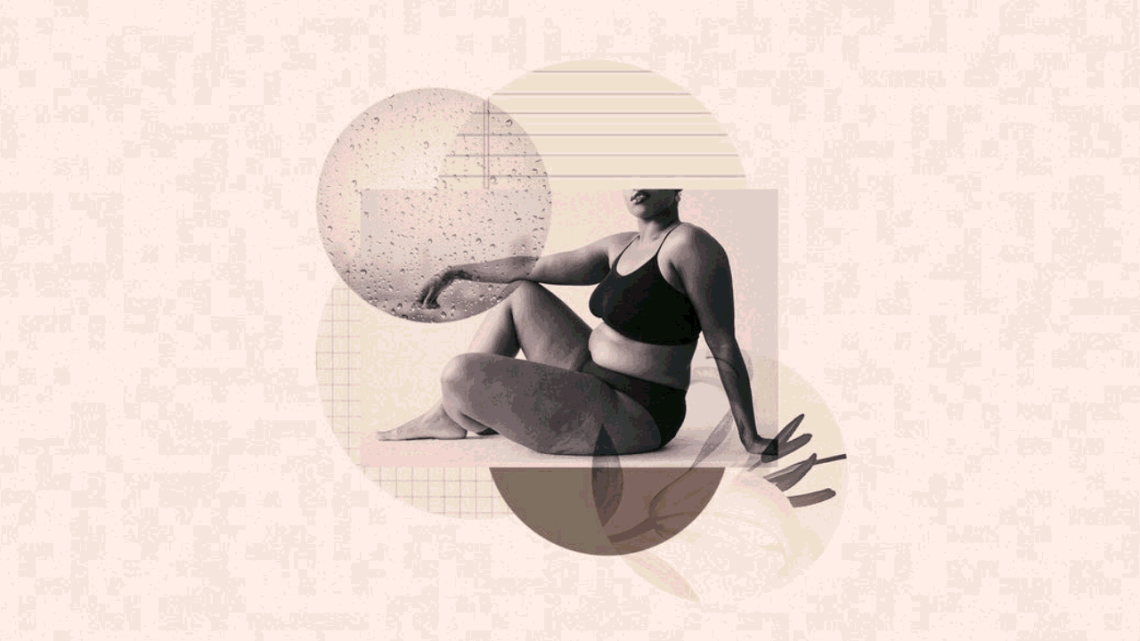Mainstream body positivity argues that we must rebel against unrealistic beauty standards and objectification by loving our bodies. Although widely popular and even beneficial to many, this approach fails to create a pathway from seeing certain body shapes as flaws to absolutely loving them. This might lead to a performative preference for body shapes from brands in order to sell their products by taking advantage of beauty culture (as the focus of the movement still remains on beauty) (Darwin & Miller, 2020). On an individual level it might lead to constant pressure on individuals to love themselves as they are without knowing how to go about it.
This is where body neutrality comes in as it shifts the focus from beauty and also takes away the pressure of setting unrealistic expectations of self-love. Perry et al. (2019) have defined body neutrality as “the acknowledgment of the functions, as opposed to the appearance, of the body. The body is viewed as a vehicle for living and doing that needs to be nurtured with adequate food, water, rest, and care.” It differs from body positivity which focuses on loving oneself and feeling beautiful.
Body neutrality works because it provides a neutral space between body dissatisfaction and body positivity. This is especially beneficial for those who don’t find authenticity in using positive statements about their body. Research also supports the idea that in general positive affirmations may not be beneficial, especially to those with low self esteem (Wood et al., 2019).
"By introducing neutral statements, and making certain these statements are reality-based, your brain will not have to deal with the confrontation and the triggering of bad feelings in order to maintain the status quo. Instead, the well-worn neural pathways that make up your pattern of negative thinking can take a rest, as a new path of neutrality develops. This neutral path provides sturdier footing for positive thinking to begin to tread lightly upon."
– Carmen Esais, an Emotional Resiliency Coach

Body neutrality is an inclusive approach as it helps one accept their body for what it is capable of doing for them. This may help individuals with disabilities who can focus on accepting their bodies for all the functions it can perform instead of how it looks. Perry et al., (2019) suggest that this approach might also help transgender and non-binary individuals struggling with eating disorders. You can practice body neutrality using some of the following tips: Alison Stone, a psychotherapist based in New York suggests being curious and exploring what makes your body feel good. It could be a dance session, a walk, the kinds of food you eat, etc. Focusing on nourishing our bodies to keep them healthy instead of focusing on outward appearances. Bobbi Wegner, a Boston based clinical health psychologist suggests partaking in a short physical exercise when you find yourself indulging in negative self-talk. What’s more important here is that while exercising you must focus on what you’re feeling physically without judging these feelings and eventually start noticing and appreciating how your body is functioning while performing the exercise. She explains this through an example, For example, “focus on the strength of the legs, the consistent and determined work of the heart and lungs, the power of the arms, the thoughtfulness of the brain. Notice and focus on all the work the body does every day of every minute. Show gratitude and say it.”







